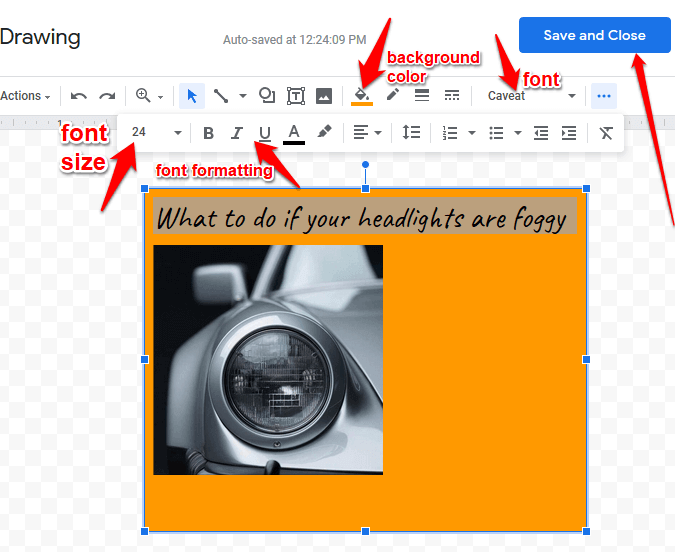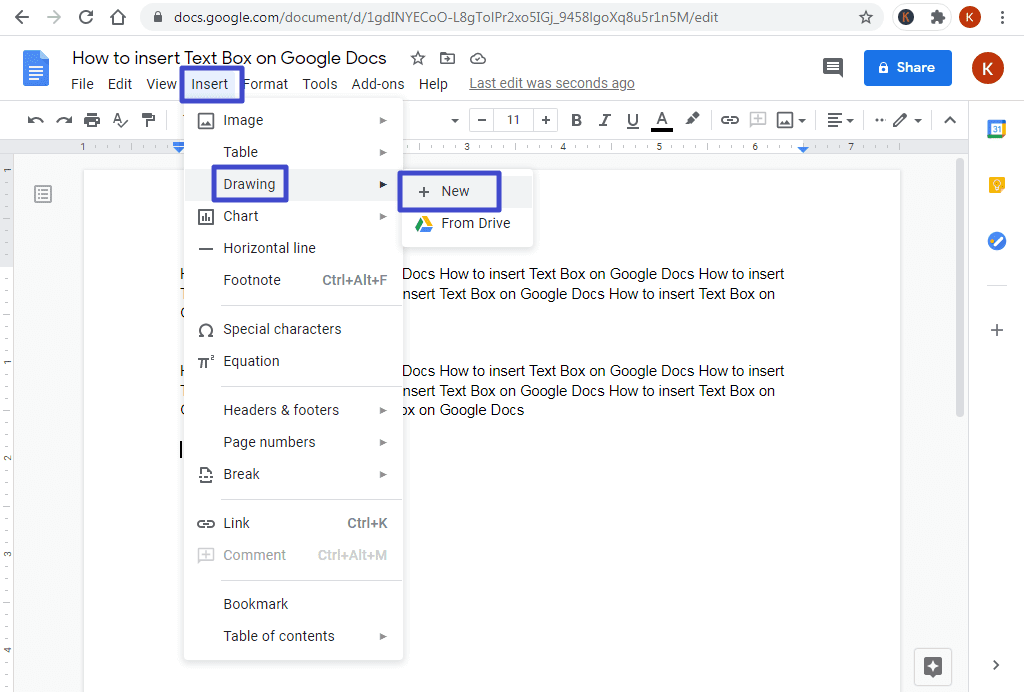
The macroįunction is added to an Apps Script project bound When you record a macro, Google Sheets automatically creates an Apps Scriptįunction (the macro function) that replicates the macro steps. You can also activate the macro from the Google Sheets Extensions > Macros menu.

You can use that shortcut to quickly execute theĮxact macro steps again, typically in a different place or on different data. Macro, you can link it to a keyboard shortcut in the formĬtrl+Alt+Shift+Number. Unicode doesn't have this problem and is consistent across word processors and CMS systems.Specific series of UI interactions that you define. If you copy and paste a document containing formatted superscript to another program, it might not keep the formatting.

If you tell Docs to change a "2" to superscript, it adds a hidden note that tells the browser to change how it looks. For example, in Unicode, 2 and ² are two different characters. When Docs changes the text to superscript or subscript, it changes the appearance of the text, not the text itself. Why would you use Unicode in place of Google Docs' native formatting? If you don't want to jump through any of these hoops, but still want to add that sweet academic veneer to your writing, Unicode has a full set of superscript and subscript numbers (and a limited set of letters and symbols) that you can copy and then paste into your document. Still, there's no way to add formatted values to an existing equation via mobile.

However, you can edit superscript and subscript values in an existing equation. There's no way to insert an equation via the mobile app. When you're done typing, select the Format button to return to normal.Įquations on mobile are a mixed bag. To change the formatting before, place the cursor where you want to input the formatted text, then follow the procedure described above.

Like on the browser, you can change the formatting to superscript and subscript before you type or afterward.


 0 kommentar(er)
0 kommentar(er)
